EV batteries: cost fears today, faster charging tomorrow
According to the AAA, battery tech is something all EV drivers are keen to get their head around. And that makes sense when the battery is up to 25% of the price of your EV, and the AAA survey showed that 62% of Americans named high battery repair costs as a top barrier to going EV. Understanding EV battery tech without being a rocket scientist is my job; to help you do that with my series of battery tech articles, like “5 Game-Changing Batteries That Will Change Your Life”. And my bottom line is always: forget chemistry flashcards — what matters is how your EV drives and how fast you’re rolling again.
So, let’s jump in. Again. Today, we are comparing solid state and silicon carbon. Silicon-carbon is the upgrade landing first, with pack-level 10–minute 10–80% charges that turn a coffee stop into real miles. QuantumScape-style solid-state lines up the follow-on: higher energy per liter means thinner floors, lower seats, and a calmer chassis. Buy the speed you can use now; watch the packaging win that’s coming next.
The Point
EV buyers win in two stages. Silicon-carbon (Si-C) lands in cars first, bringing a clean range bump and fast, repeatable DC charging on existing factory lines. The QuantumScape solid-state battery looks like the next step, with denser packs and a thinner floor that should make EVs feel tighter and roomier once it scales. So: buy Si-C soon; watch QuantumScape for later packaging wins.
What’s Real Today: Si-C is the near-term upgrade
Silicon-rich anodes drop into today’s lithium-ion production. That means shorter timelines and friendlier costs to start. Sila says its Titan Silicon delivers a 20–25% energy-density gain over top graphite cells, and its Moses Lake plant is being commissioned for 2025 output in the U.S. On the road, the tech already shows pack-level charging pace: a Polestar 5 prototype with StoreDot’s silicon-dominant cells charged 10–80% in 10 minutes on a 77-kWh battery, sustaining >310 kW.
What you’ll feel: more range in the same footprint, quicker highway stops, and charging performance that holds up across a full pack—because the demo happened at vehicle scale, not just on a single cell.
What QuantumScape Brings Next: Packaging and Charge Rhythm
QuantumScape has measured public numbers on its QSE-5 B-sample: ~301 Wh/kg and ~844 Wh/L at C/5 and 25 °C, plus 10–80% in 12.2 minutes at 45 °C. Those figures matter less as bragging rights and more for what they unlock:
Higher Wh/L lets engineers shrink the pack without losing capacity. That means thinner floors, lower seats, and more foot room in crossovers and pickups.
The ceramic separator aims to handle abuse better than polymer films once full automotive validation is done—good for family duty and fleets.
Just as important, QuantumScape is tackling scale. Its Cobra separator process has entered baseline production, with ~25× faster heat treatment and a smaller equipment footprint than the prior Raptor setup. That’s the boring but essential bridge from lab wins to factory output.
What you’ll feel later: the car sits lower and rides calmer because weight sits closer to the ground. Steering feels cleaner over broken pavement. The cabin gains space without stretching the wheelbase. And charge stops slide into the 12-minute window on a warm pack.
Fast Charging: 10 minutes vs 12—what the numbers mean
Both stories are fast. The Polestar/StoreDot run hit 10–80% in 10 minutes on a full 77-kWh pack, with a detailed power curve. QuantumScape reports 12.2 minutes from cell tests at 45 °C with a stepped charge profile. Conditions matter—temperature, state of charge window, and how much power the car accepts—but the takeaway is simple:
Si-C proves speed at vehicle scale today.
QuantumScape shows cell-level speed and a credible path to scale.
Either way, the days of 30–40-minute highway stops are fading.
Plain-English Battery Box (bookmark this)
Wh/kg (energy by weight): think “gas in the tank per pound.”
Wh/L (energy by volume): think “gas in the tank per liter of space.”
W/kg (power): rate, not range—how hard you can push or how fast you can charge.
QuantumScape’s QSE-5 B-sample: ~301 Wh/kg and ~844 Wh/L, 10–80% in 12.2 minutes (test conditions above).
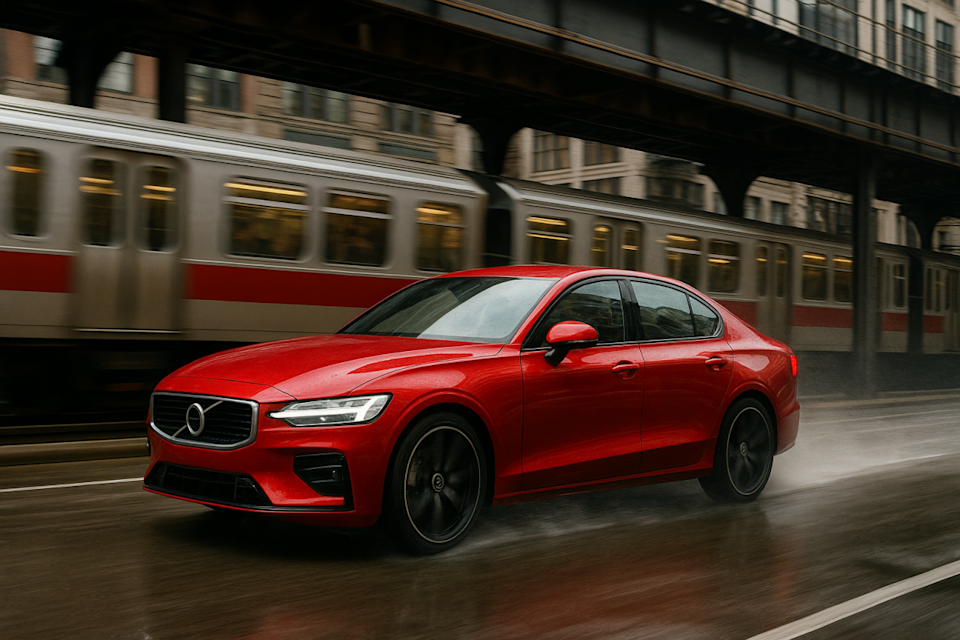
But what does this battery tech mean for real people?
Road-trip rhythm: With Si-C packs, a 10-minute coffee stop can add a big chunk of range. With QuantumScape-class cells, a near-12-minute stop does the same, and the denser pack helps the car feel settled once you’re rolling again.
Cabin space: Families notice inches. Higher Wh/L means designers can lower floors and seats without kneecapping legroom. That’s a real upgrade in crossovers, three-row SUVs, and lifestyle pickups.
Ownership: Si-C keeps the bill of materials closer to what automakers already know, which helps pricing. QuantumScape’s value shows up when the denser pack lets the whole vehicle package improve—comfort, cargo, ride, and handling—without a bigger battery.
Quick glance: Now vs Next
Now (2025–2027):
Si-C wins availability. It’s designed for existing lines and has a public 10-minute pack charge demo.
Expect launches first in premium or tech-flagship trims.
Next (as QuantumScape scales 2027-):
Higher Wh/L reshapes packaging: thinner floors, lower CG, calmer ride, cleaner steering.
Cobra brings a realistic scale story: ~25× faster separator heat treatment than the previous process.
My Verdict
If you’re shopping soon for your EV, pick silicon-carbon when it shows up on the trim you want. You get more range in the same footprint and fast charging that’s already been demonstrated at full-pack scale. If you care how an EV feels over the next wave, watch QuantumScape. The company’s measured energy density and ongoing Cobra scale-up point to cars with lower floors, better body control, and quick, repeatable charge stops once production matures.
That’s the clear story your passengers will notice: Si-C improves today’s EV; QuantumScape sets up tomorrow’s.
This story was originally reported by Autoblog on Aug 24, 2025, where it first appeared in the Electric section. Add Autoblog as a Preferred Source by clicking here.
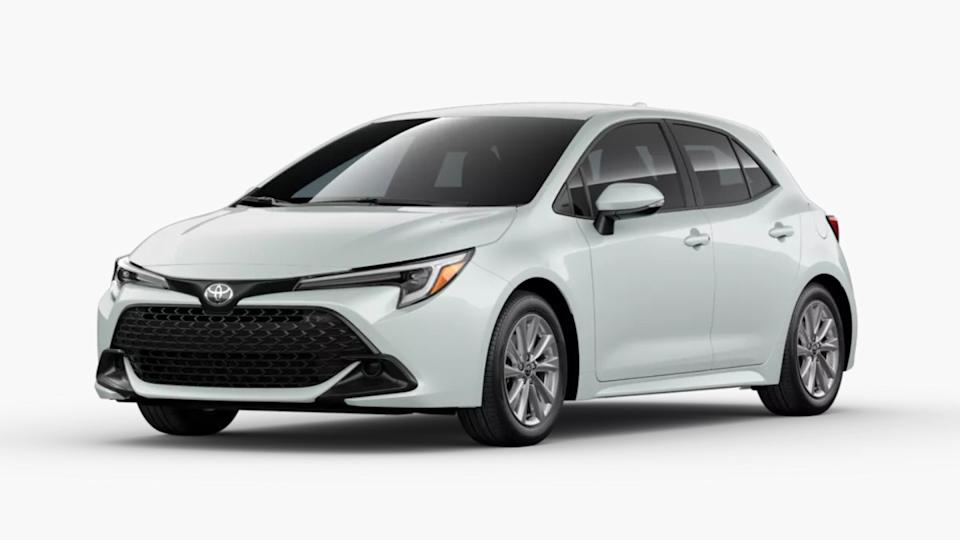
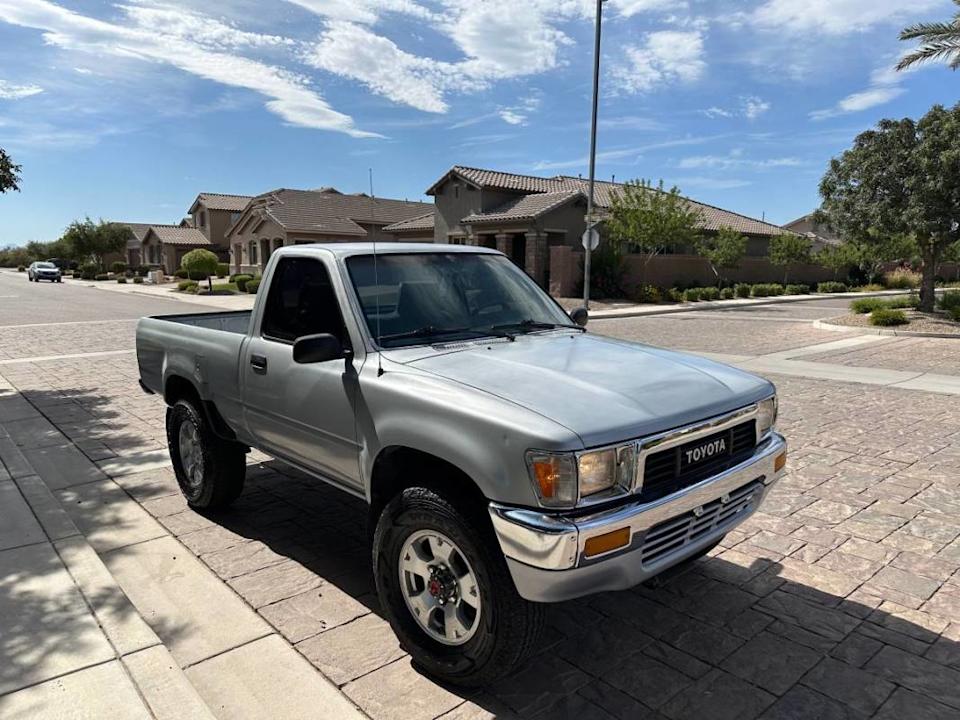

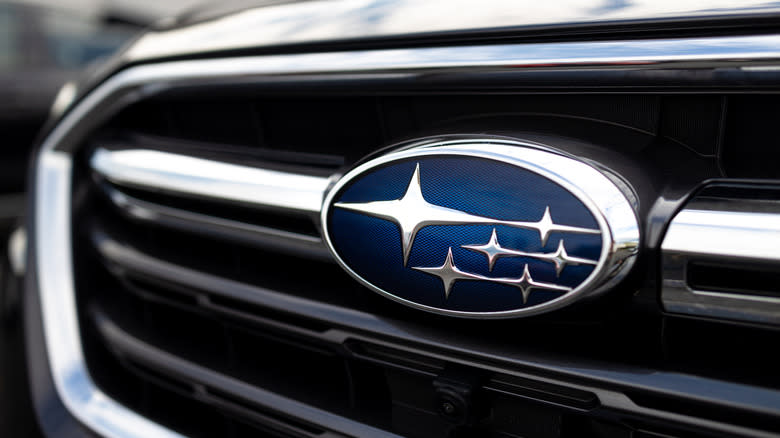

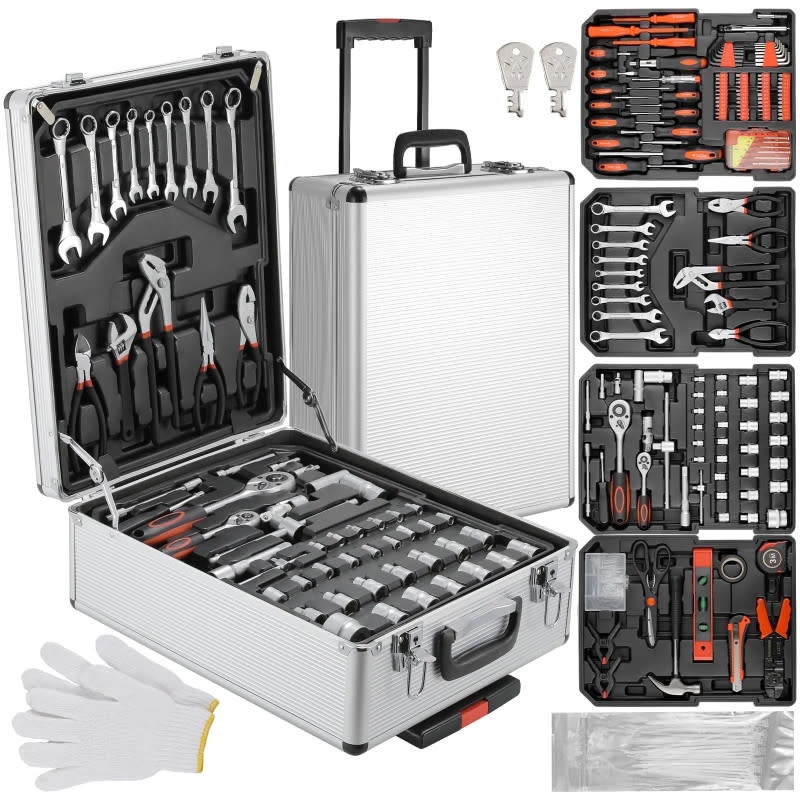
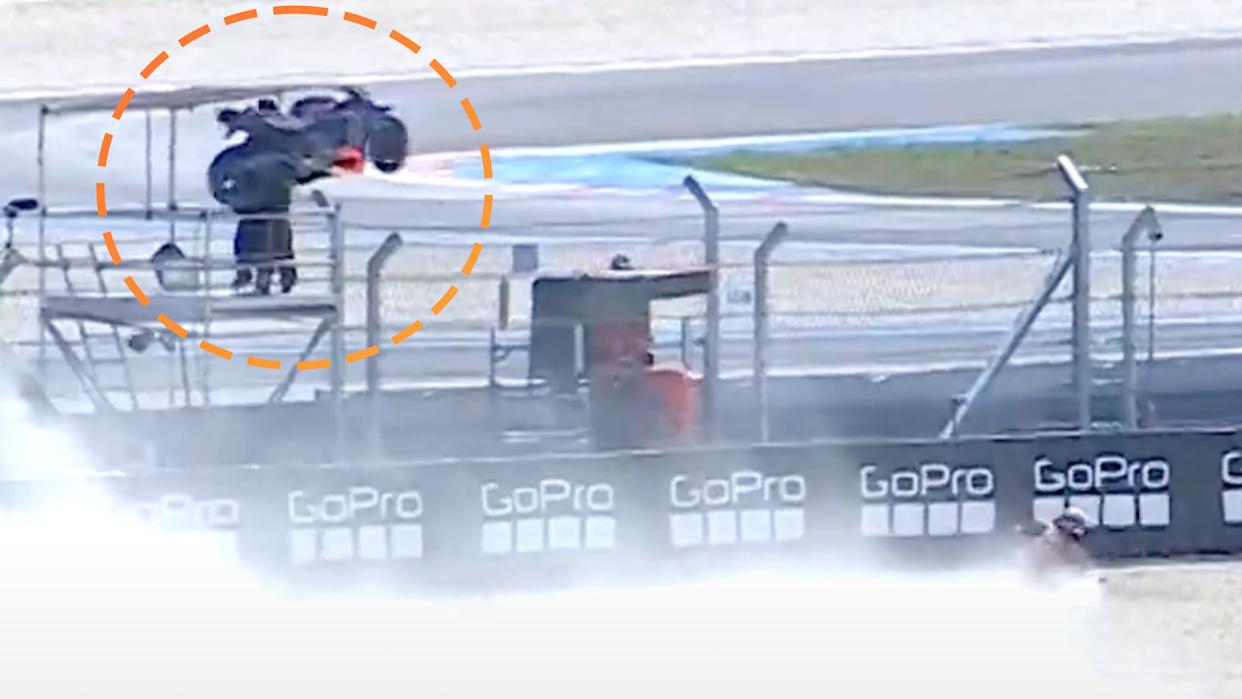
Comments